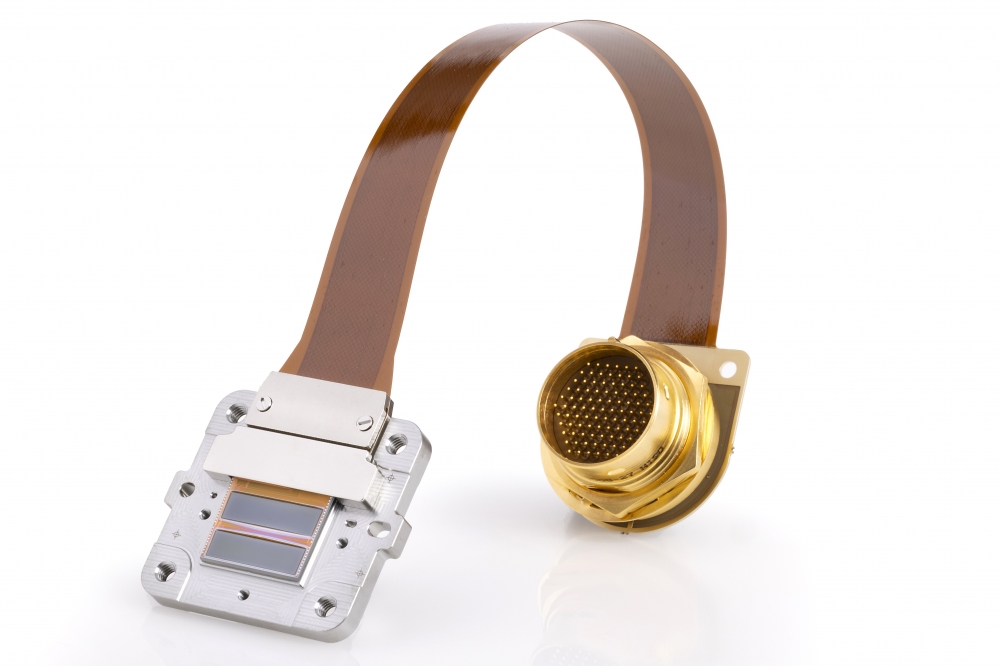Multispectral IR detectors target Earth observation missions

Lynred linear arrays open up commercial opportunities in space for IR imagery across whole spectral range
Lynred, a provider of high-quality infrared (IR) detectors for aerospace, defence and commercial markets, has launched two multispectral linear array IR detectors for application in a range of Earth observation missions.
Called Pega (pictured above) and Capyork, the detectors are designed for integration into imaging satellites, tracking and measurement instruments used in water cycle observation and drought evaluation, as well as sea and land surface temperature monitoring, among numerous other potential commercial space applications.
Pega and Capyork are spin out products based on IR detectors Lynred developed for two space missions: TRISHNA (Thermal infraRed Imaging Satellite for High-resolution Natural resource Assessment) led by CNES, the French national centre for space studies, and LSTM, the European Copernicus Land Surface Temperature Monitoring mission.
Lynred says the detectors will enable future instruments for Earth observation missions to gain increased spatial resolution and spectral resolution. The second feature is particularly important for managing the water cycle in drought areas, where increased spectral resolution will provide more precise information on the absolute temperature of the area, as well as plant evolution. Other features include improved radiometric resolution of image data, and wider swath (in order to reduce the time interval between two images taken of the same area); meeting the increasing demand to obtain information more rapidly and even address real-time applications.
Philippe Chorier, space business development manager at Lynred said: “Our new range also marks the beginning of space product lines that will help implement more market standardisation, thus shorten time-to-market, which is important for space applications in land, climate change, emergency response and security domains.”
“Due to their versatile design, they will be able to match space equipment needs, whatever the required spectral range, swath, spatial resolution or integration and cooling configuration requirements,” added Chorier.
Pega is equipped for Earth observation missions requiring a high flux range typically in the LWIR and VLWIR spectral range, whereas Capyork operates primarily in the SWIR spectral range. Both devices can be adapted to operate in MWIR range. Pega is made up of 600 pixels with 30µm pitch in the across-track direction and 12 pixels in the along-track directions for the four different spectral lines. This is significant because the 12 pixels allow users to manage how the detector operates in order to have zero defects in the line, among other benefits. Capyork has 1,200 pixels with 15µm pitch format in the across-track direction and 12 pixels in the along-track directions for the four different spectral lines
Lynred will show the detectors at Optro 2022, taking place in Versailles (near Paris), France, June 8 to 10, 2022.


































